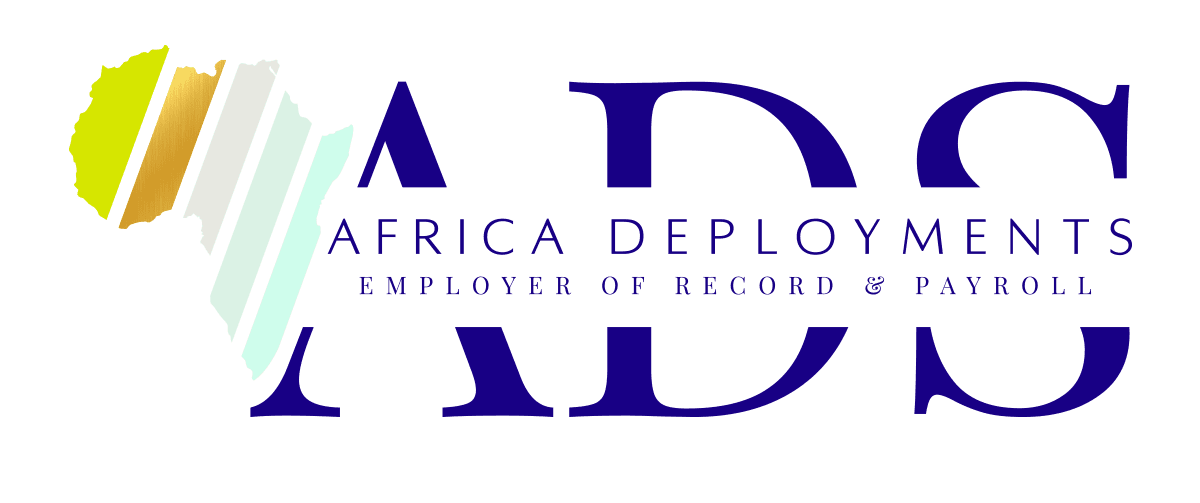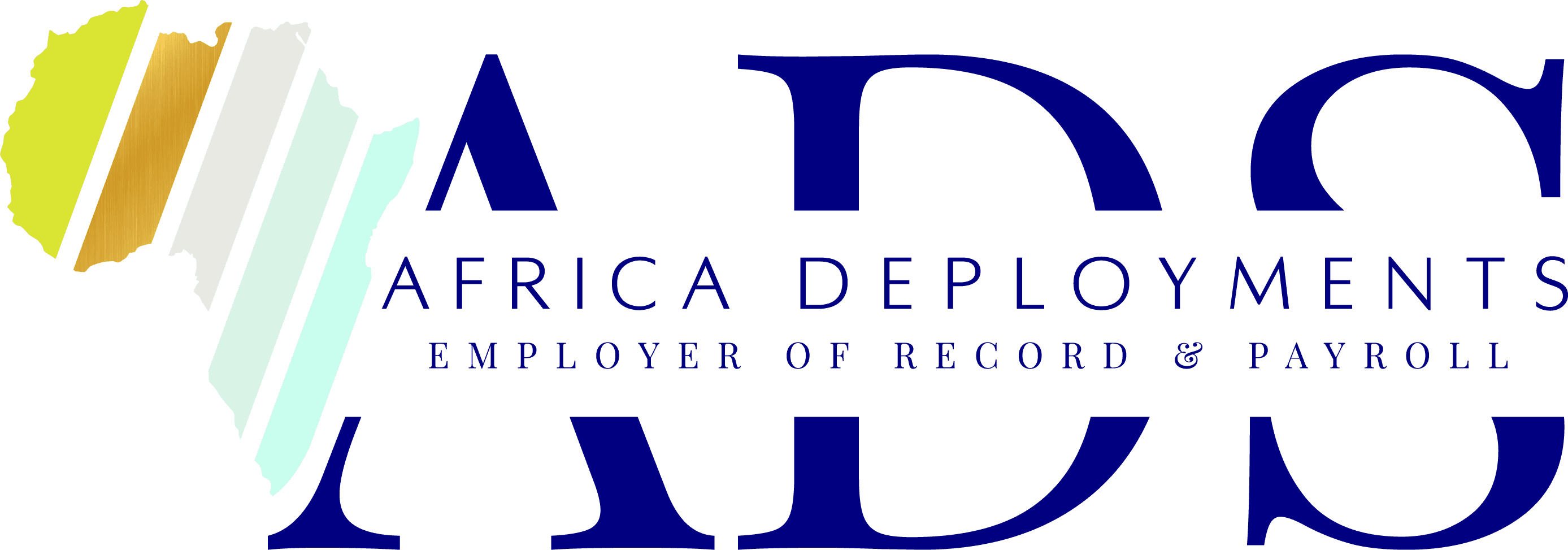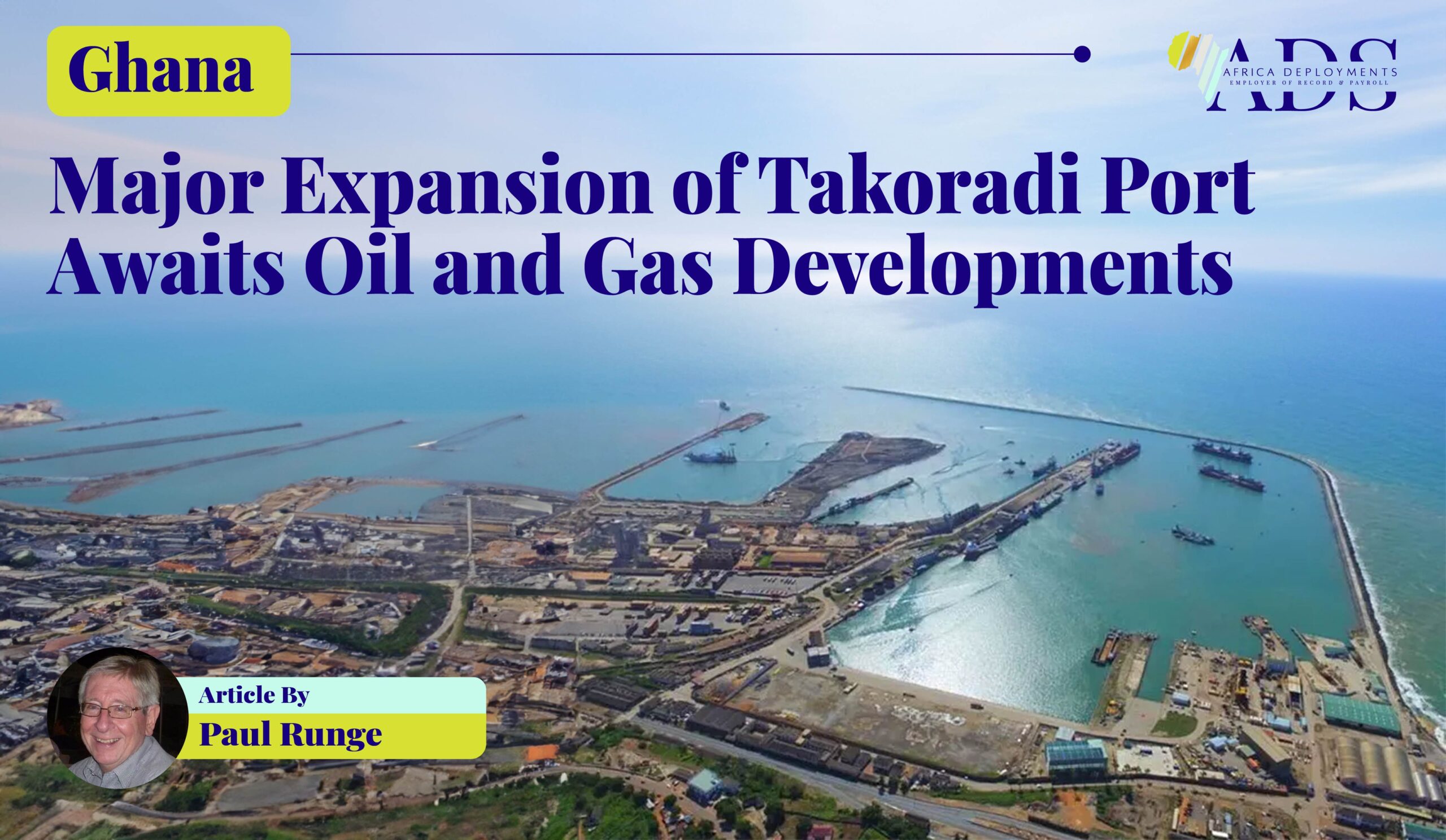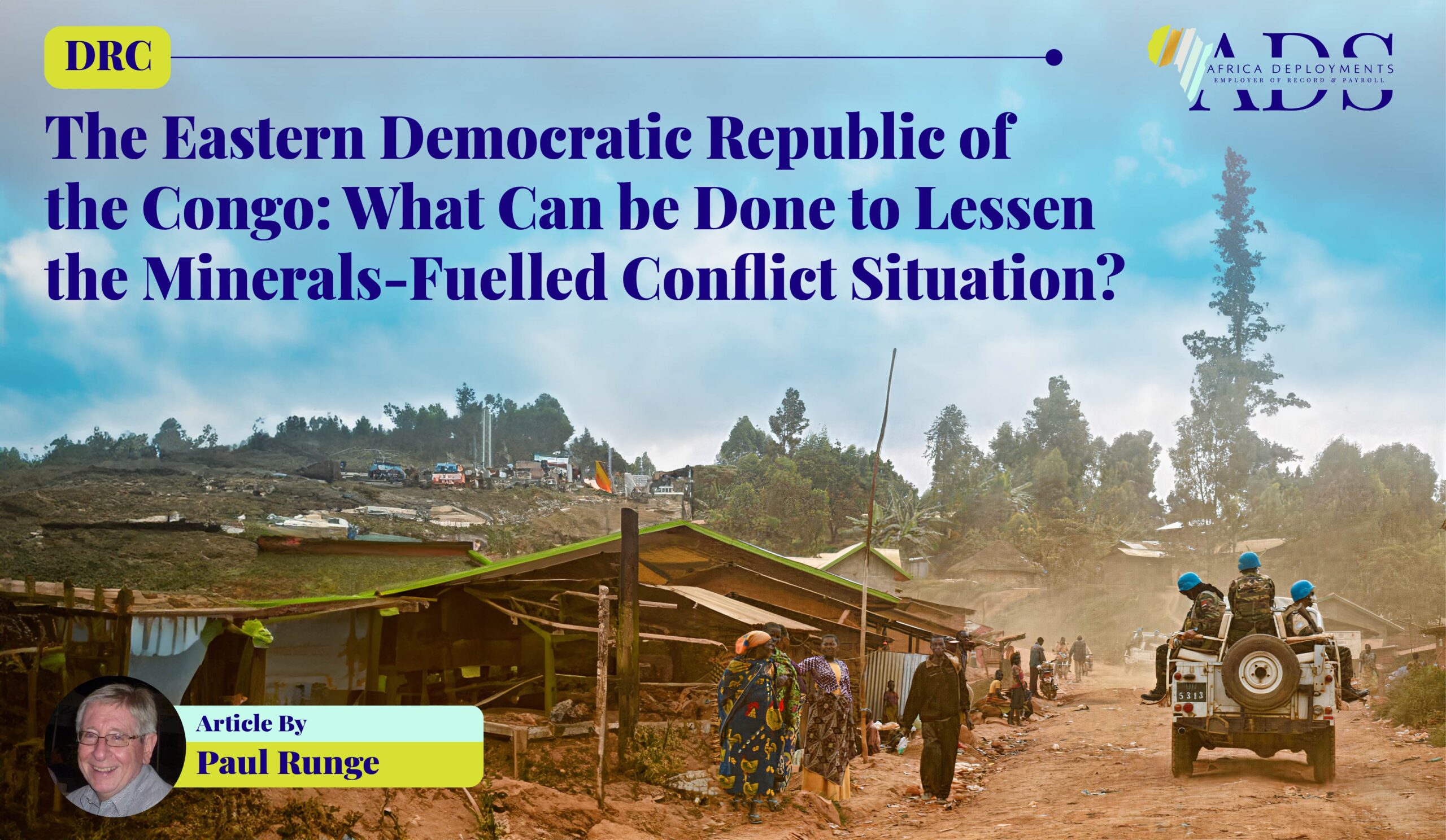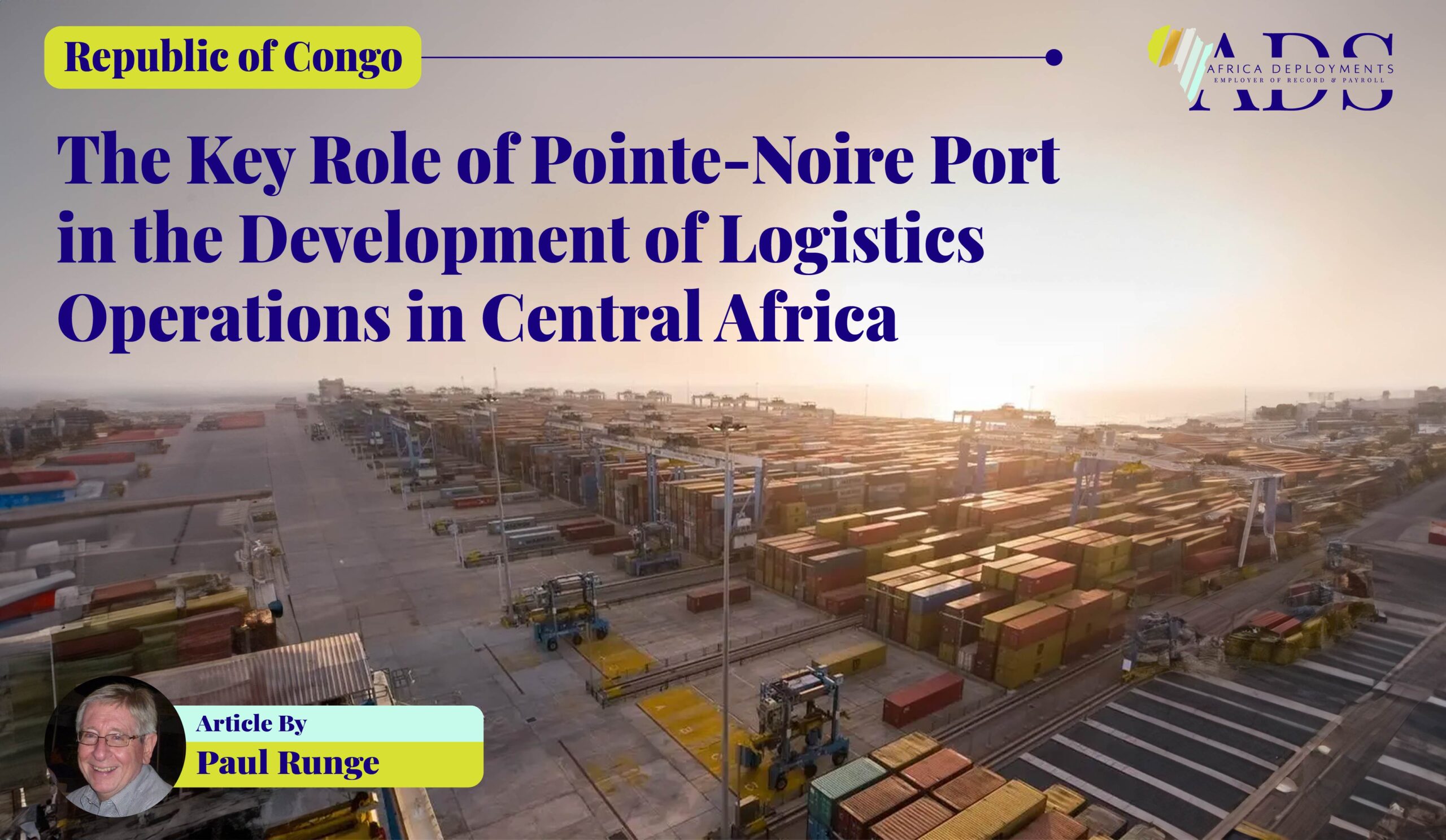
ROC: The Key Role of Pointe-Noire Port in the Development of Logistics Operations in Central Africa
When I first heard of Pointe Noire Port

The least-known African economic region?
Central Africa is probably the least known of all the continent’s regions. It comprises the Republic of the Congo, Cameroon, Gabon, Equatorial Guinea, Chad and the Central African Republic. All but the last-mentioned are endowed with oil resources. The regional economic organisation is the Economic and Monetary Community of Central Africa. The English acronym for this body is ECCAS. But as nearly all member states are French-speaking, it is better known as CEMAC (Communauté Economique et Monétaire de l’Afrique Centrale). The total market size of CEMAC is an alluring 150 million people, (although the Republic of the Congo only has a population of around 6 million.). These countries are too often erroneously referred to as “west African”, when they are in fact part of central Africa.

Fast Forward to 2016
My interest in Pointe-Noire was sparked when our foreign affairs department invited my company to give a presentation on investment opportunities in the Central African region. The ports of Yaoundé in Cameroon and Pointe-Noire featured strongly as the gateways into the region’s interior. We subsequently decided to undertake a business mission to Cameroon and the Republic of the Congo (RoC) to identify opportunities related to port developments there.
My attendance in Johannesburg of an investment briefing by a visiting delegation from that country facilitated the RoC leg of the mission. The briefing director requested all attendees to present themselves and their companies or organisations. I attracted much positive attention from the delegates when I presented my credentials in French and mentioned that I would soon be visiting their country. I received numerous offers from the delegates of assistance with key appointments.

A visit to Pointe-Noire Port
Pointe-Noire port is the deepest in central Africa at 16-17 metres. Dredging operations can increase this depth. In 2016, it was capable of accommodating 335 metre vessels and there were plans to develop the port’s capability to receive 400 metre next-generation ships.
I witnessed much upgrading activity at the port. The French logistics group, Bolloré operated the container concession and was expanding the facility. A Belgian company had been appointed to undertake further dredging. The refurbishment of the 510-kilometre Pointe-Noire-Brazzaville rail link was due to soon commence. A dry port at Dolisie, 110 kilometres inland from Pointe-Noire was being planned.

Recent developments at Pointe-Noire port
The Pointe-Noire Port Rehabilitation Project aims to convert the port into a major trans-shipment hub for the country and the region. In early 2022, Bolloré Ports announced that the container terminal had for the first time, surpassed the handling of one million TEU. In June 2023, the AD Ports Group signed a 30-year concession agreement to manage and operate the port.
In late 2022, the major shipping group MSC acquired Bolloré’s ports and railways networks.

The need for an effective rail-to-port outlet for the mines
I was standing in the queue at Pointe-Noire airport when I heard a commotion behind me. A man in a loud floral beach shirt was conversing noisily with other passengers in a distinctly South African accent. He said that he’d been working for a few years at an iron ore mine and was glad to be returning home. When I questioned him further, he explained that “I am here to switch the lights off.” His company was reluctantly leaving the country because of low global iron ore prices, but also because it had not reached a satisfactory agreement with the government on a rail-to-port project for the evacuation and export of the mine’s iron ore production.
A long belt of iron ore deposits extends from central Africa to west Africa, from the RoC all the way as far north as Mauritania. In central Africa, the deposits are found in the RoC, Gabon, the Central African Republic and Cameroon. Many of the deposits are unexploited, but a good number have developed into potentially lucrative mining projects. However, the lack of rail and port infrastructure means that much of the region’s iron ore resources are effectively ‘stranded’, and their potential cannot be realised.
In June 2023, the mining company, Exxaro announced that it would start operations at the Mayoko iron ore mine as soon as the RoC government formalised agreements on the use of rail and port facilities.
There have been proposals for a new minerals port to be developed just north of Pointe-Noire port and 17 kilometres from the rail line to Brazzaville.

The role of Pointe-Noire port in enhancing the regional development corridors
The two major road transport development corridors within the RoC are Brazzaville-Pointe Noire (560 kilometres), and Brazzaville-Ouesso (1 200 kilometres). However, CEMAC is promoting a number of regional corridors.
CEMAC’s goal is to facilitate cross-border trade in the region and to enhance sea access for its land-locked member countries. It has long prioritised the N’Djamena (Chad)-Douala (Cameroon) 1 850 kilometre corridor as well as the Bangui (Central African Republic)-Douala (Cameroon) corridor thus emphasising the role of Douala Port. However as Pointe-Noire Port develops and rail connections facilitating mining activities improve, other development corridors will be considered. The proposed Pointe-Noire-Brazzaville-Bangui-N’Djamena multimodal transport corridor supported by the African Development Bank, will entail greater attention to improvements at Pointe-Noire Port.
The relatively little-known Republic of the Congo is sometimes called ‘Congo Brazzaville’ to avoid confusion with its far larger neighbour, DR Congo or ‘Congo Kinshasa’. Perhaps in the future, it will acquire greater attention as an investment destination.

